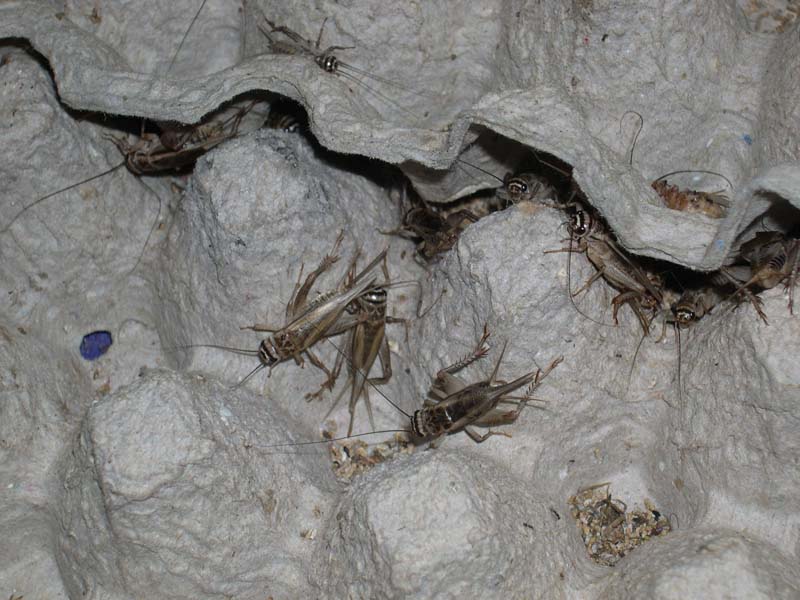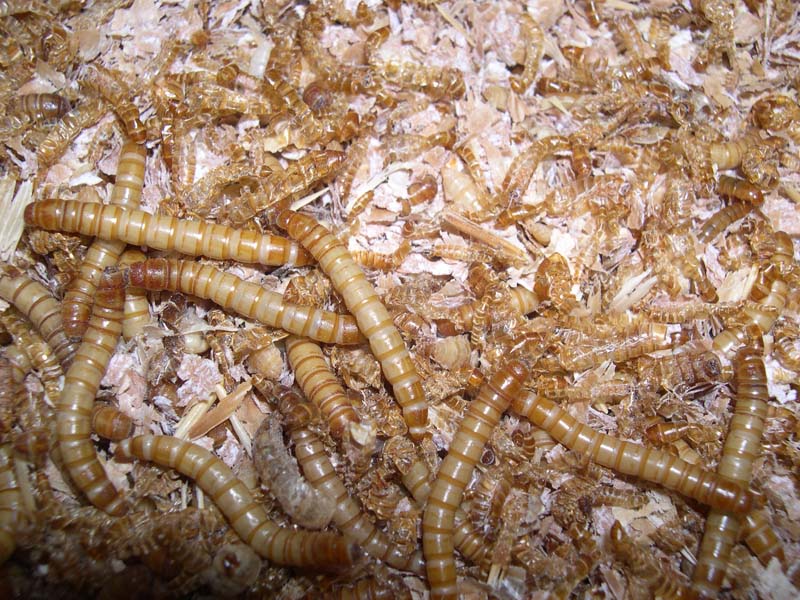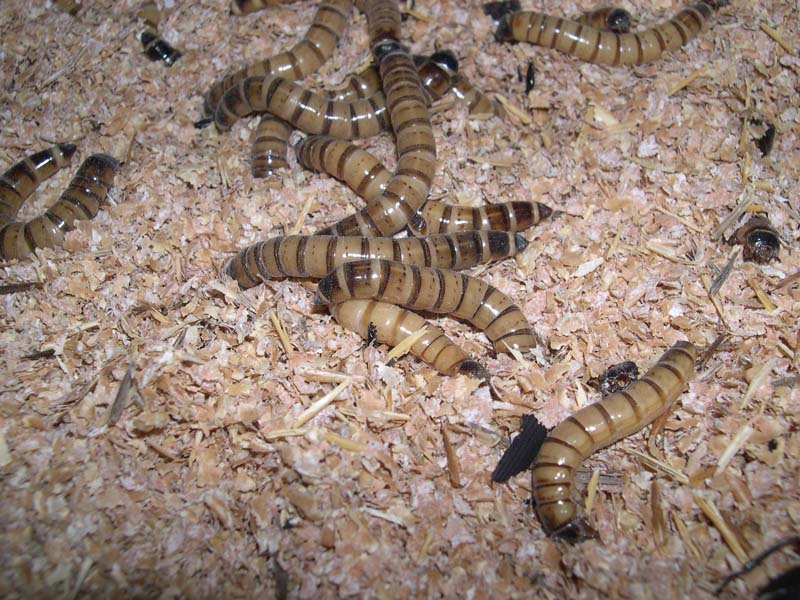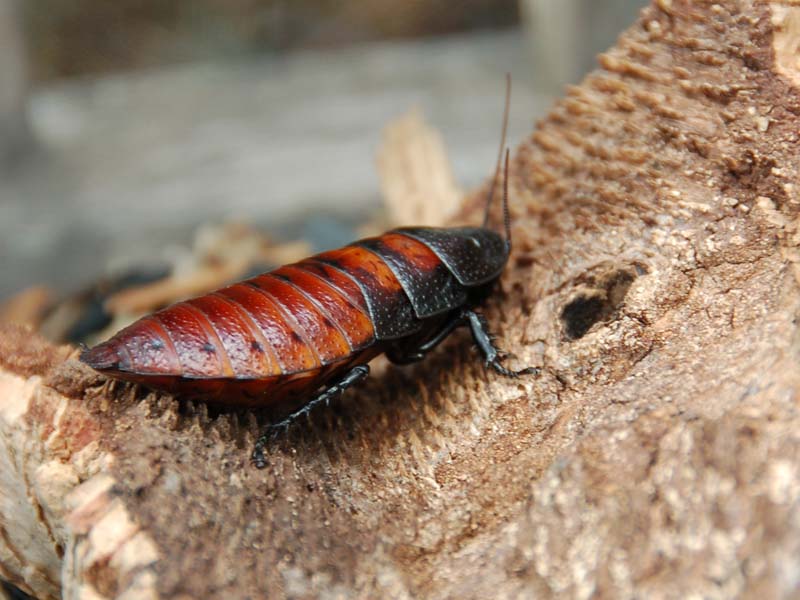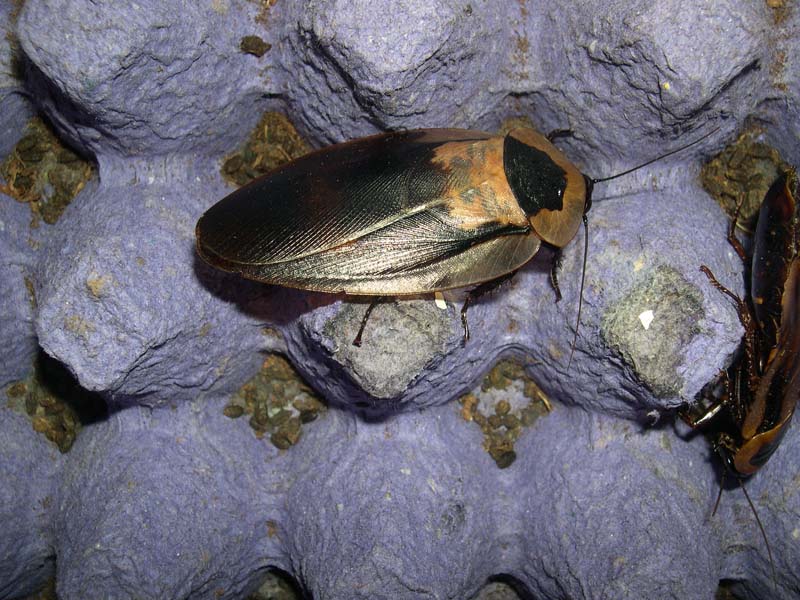
| Home > Upkeep > Feeding | ||||||||
|
Feeding Feeding tarantulas is probably easier that feeding any other exotic animals in captivity. For such exceptional carnivores and hunters, they have very slow metabolisms. They require very little food, and will eat anything that moves that is smaller than them, but sometimes even things that are bigger. But as with everything, you must make special considerations. For starters, always be 100% sure that anything you are feeding them has been bred in captivity, and if not, that it is completely free of any trace of insecticide or any type of chemical. You can do this by catching prey in the wild, away from any farming fields, and not in urban areas. Another consideration you must make is not to give them prey that can harm our tarantulas, such as ants, bees, wasps, grasshoppers, or any other animals that can defend themselves aggressively. Tenebrium and zophoba are not very good food, they are fatty, and the tarantula will leave a lot of waste that will become filth. If we are not careful to remove the waste, it will grow moulds, mites, and fungi.
Cockroaches are excellent food, so I recommend them as much as crickets, but they need more room and more maintenance. They are not as easy to maintain as crickets. In my personal experience, I have noticed that tarantulas don’t like Madagascar roaches very much. I guess that is because of the musty smell they exude. However, any type of cockroach will be gladly devoured by our spiders.
If you notice that your tarantula has not eaten its cricket by the following day, take it out, wait a few days, and put it back in. If your spider is still not interested, don’t feed it anything, and wait a few days longer. It is possible that she will soon be molting, or simply doesn’t want to eat. Don’t worry if it doesn’t eat. A tarantula in excellent physical condition (having a large opisthosoma) can go up to a year without food. Always make sure its opisthosoma is rounded and not deflated. A rounded opisthosoma means your tarantula is healthy. However, a tarantula with a very large opisthosoma is in danger of suffering an accident due to its excess weight. For its own good, don’t let it get too fat. It’s not natural. I have never found a fat tarantula in the wild, since they only eat to survive during the dry season. VERY IMPORTANT: If you feed it a tenebrium or zophoba, it is very important that you keep an eye on it until the tarantula eats it, since these beetle larvae can bury themselves and later come out as predators that could very well eat your tarantula if she is molting, as this is the moment when they are most vulnerable. | Top of page |
|
